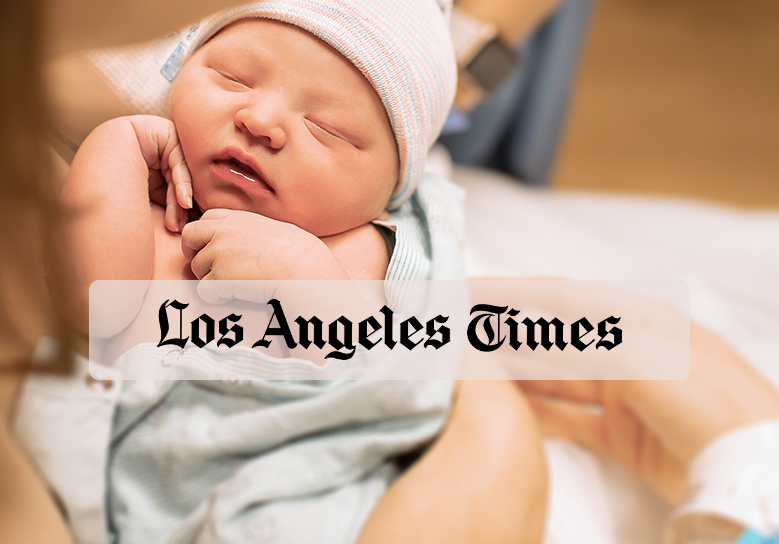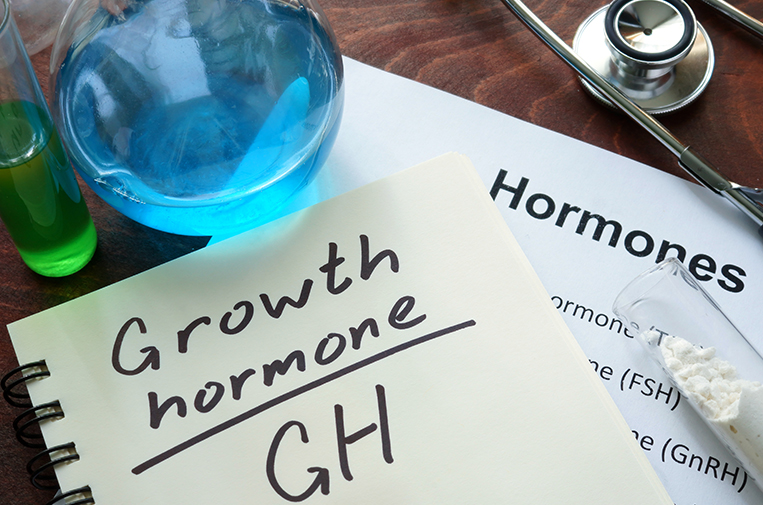
The day she was born at John Muir Medical Center in Walnut Creek in 1985, Liz Castro was already famous.
The yellowed newspaper clippings heralding Castro’s birth are carefully preserved in her baby album. The headlines proclaim the “miracle” birth of the East Bay’s first test-tube baby. Since then, millions of children around the world have been conceived through in vitro fertilization. But in 1985, Castro was one of the first.
So when Castro joins nearly 300 other “IVF babies” Sunday at the Reproductive Science Center’s 25th annual Family Day reunion in San Ramon, she will be, at 24, its senior member. Castro will also get a chance to meet, for the first time, Dr. Donald Galen, one of the pioneering doctors at RSC who helped make her existence a reality.
“I’ve always wanted to actually talk to those doctors, but I never thought I would get the chance,” said Castro, who now lives in Mesa, Ariz., and works as a medical assistant. “It’s kind of a big deal for me.”
Although in vitro fertilization is commonplace today, when Liz Castro’s mother, Pamela Castro, first decided to go forward with in vitro fertilization in 1983, any birth resulting from an egg fertilized outside the womb was considered revolutionary.
But after years of trying to conceive with no success, Pamela Castro — then 30 — was willing to try anything.
“All my friends were having babies and I really wanted a family,” Pamela Castro said. “I was constantly invited to baby showers and I would always go home crying.”
She heard about a new program for infertile woman from a cousin who worked at John Muir Hospital. That’s when she met Galen and his partner, Dr. Arnold Jacobson, who had just established the Reproductive Science Center in San Ramon. Galen had trained in England, where in vitro fertilization originated, and was ready to bring the process to the East Bay. Pamela Castro was their first client.
Although Pamela Castro remembers the process being long and difficult, she always retained perfect faith in her doctors. “They were very kind men and very good doctors,” she said. “It was so unthinkable that it would not work.”
Galen, who still practices at RSC, said the success rate today for IVF has improved to more than 50 percent for each attempt at conception. But in 1985, that rate was around 10 percent. Despite the odds and years of frustration, Castro became pregnant on the first try. Her daughter was born approximately 40 weeks later.
“I was ecstatic,” Pamela Castro said, remembering her perfectly healthy newborn. “Thank God it worked.”
Being one of the first IVF babies has been challenging at times for Liz Castro. Grandmother Ruthe Castro remembers when her granddaughter was a baby and would announce to anyone listening that she was a test-tube baby. But Liz Castro soon learned to be less forthcoming when talking to classmates in high school.
“I’d say test-tube baby and they would think I’m some freakish, mad-scientist experiment that didn’t come from my parents,” she said. “They didn’t get it so they would just laugh about it.”
Liz Castro is grateful in vitro fertilization has now become commonly understood and accepted by most people. She is no longer famous, but can now appreciate the true import of how she was brought into this world.
“When I think about being a test-tube baby, I know my parents put in a lot of effort to have me and bring me here,” she said. “It makes me feel a little bit extraordinary.”
To attend
WHAT: 2009 Reproductive Science Center’s 25th Annual Family Day Picnic
WHEN: Sunday, June 14th 11 a.m. to 4 p.m.
WHERE: Little Hills Ranch, 18013 Bollinger Canyon Road, San Ramon
INFO: 877-213-0713 or www.rscbayarea.com






